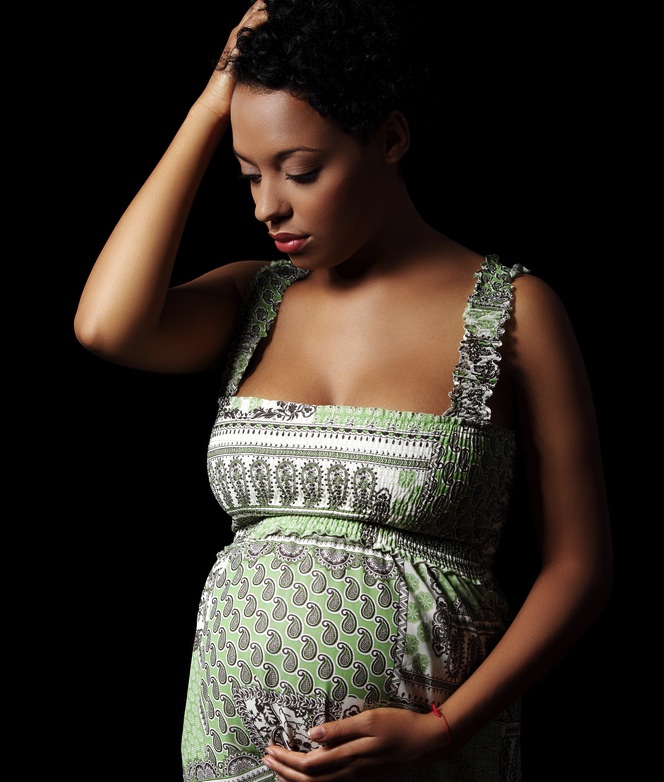Study: Unplanned Pregnancies Common in Women in their 20s

More than two-thirds of pregnancies in unmarried 20-something women between 2001 and 2008 were unplanned, a new study finds.
In 2008 alone, nearly 10 percent of unmarried women ages 20 to 29 experienced an unintended pregnancy. About half of unintended pregnancies in this age group end in abortion, according to the study released Tuesday (April 24) by the non-profit Guttmacher Institute.
The study pulled data on unplanned pregnancy, abortion and miscarriage rates from a multitude of national sources, including the National Center for Health Statistics, the National Survey of Family Growth and the Centers for Disease Control and Prevention. The results revealed that there were 3.4 million pregnancies in women in their 20s between 2001 and 2008. Of these, more than half, or 1.95 million were in unmarried women.
Of those 1.95 million pregnancies, 69 percent were unintentional. The rate was highest in women ages 20 to 24, with 73 percent of pregnancies in this age group unplanned. In women 25 to 29, 63 percent were unplanned.
As of 2008, the researchers report online, 54 percent of births to unmarried women in their 20s were the result of an unintended pregnancy. In comparison, only 31 percent of births among married women were a result of unintended pregnancy. Among all women, about half of pregnancies are unplanned.
What action should government and citizens take?
Unplanned pregnancies included pregnancies that were completely unintended as well as pregnancies that occurred two or more years prior to when the women in question would have wanted one.
Sign up for the Live Science daily newsletter now
Get the world’s most fascinating discoveries delivered straight to your inbox.
Women with lower levels of education, women in poverty and black and non-white Hispanic women are at the highest risk for an unmarried, unintended pregnancy, the report found. Black and Hispanic women had twice the rate of unplanned pregnancies as their white counterparts, though black women were the only group over the 2001-2008 time period to see a decline in their rate of unplanned pregnancies.
Women in poverty were three to four times more likely than the highest-income women to experience unplanned pregnancy, and women who had only a high-school diploma were twice as likely as women with some college to get pregnant unintentionally.
You can follow LiveScience senior writer Stephanie Pappas on Twitter @sipappas. Follow LiveScience for the latest in science news and discoveries on Twitter @livescience and on Facebook.

Stephanie Pappas is a contributing writer for Live Science, covering topics ranging from geoscience to archaeology to the human brain and behavior. She was previously a senior writer for Live Science but is now a freelancer based in Denver, Colorado, and regularly contributes to Scientific American and The Monitor, the monthly magazine of the American Psychological Association. Stephanie received a bachelor's degree in psychology from the University of South Carolina and a graduate certificate in science communication from the University of California, Santa Cruz.
Man gets sperm-making stem cell transplant in first-of-its-kind procedure
'Love hormone' oxytocin can pause pregnancy, animal study finds










